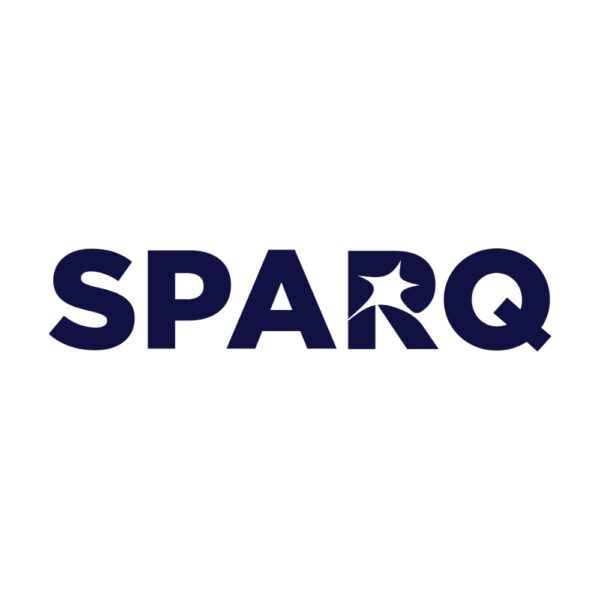FBL5N (Customer Line Items) is a standard SAP transaction code available within R/3 SAP systems depending on your version and release level. How exactly can the data behind the FBL5N tcode be retrieved? Based on the amount of posts and articles on the internet, this is a question asked by ABAP developers quite often. Since I could never seem to find the solution in one place, I thought it’d be helpful to put all of the information ABAP developers need to solve this problem in one spot. The information below explains how to get the data behind that transaction and how to filter it like FBL5N does.

1. Customer Account
This is a customer or vendor number.
2. Company Code
When running FBL5N, a specific company code or range can be used. This can be done in back end logic as well, or ran for all.
3. Open Items
BSAD and BSAK are tables for cleared items, so it seems like they should be ignored, but FBL5N pulls in records from those tables if the clearing date is greater than the as of date (Open at key date in screenshot above).
BSID/BSIK where budat <= open at key date(3)
BSAD/BSAK where budat <= open at key date(3), augdt > open at key date(3)
4-5. Cleared Items
In this scenario, only cleared items should be retrieved, so only tables BSAD and BSAK should be used along with rules 7-11.
BSAD/BSAK where budat <= open at key date(5), augdt in clearing date range(4)
6. All Items
BSID/BSAD/BSIK/BSAD where budat in posting date range(6)
7. Normal Items:
bstat = space, umskz = space
8. Special Items:
umskz <> space, bstat <> S, V, W, Z
9. Noted Items:
bstat = S,
10. Parked Items:
bstat = V or W
11. Vendor Items:
bstat = space, umskz = space
In conclusion, the data behind the transaction FBL5N is easily obtainable by using the above rules. Ensure that the rules chosen go with the type of data needed to be retrieved from the backend and the results will always match what is shown in transaction FBL5N.
About the Author:
Brandi Setzler is a Principal Consultant at Sparq and has been with the company for 14 years. She’s spent her career specializing in SAP ABAP. Brandi has led remote teams and worked as a developer for several clients as well as trained new employees to work in the space. She lives for her family, which includes a husband, two children, three French Bulldogs, and two bearded dragons.

Don’t Take Product Out of the Equation: How to Nail Your AI Implementation
AI isn't just about the technology, it's about solving real problems and delivering real value. One way to do that is to keep product at the forefront during your AI implementation. Learn more about why having a product-first mindset is so important in this article by Principal Product Strategist Heather Harris.

Navigating AI in Banking and Financial Services: A Risk-Based Rebellion for Leaders
Every shiny AI use case in regulated industries has a shadow: governance, compliance, model risk, ethics, bias, explainability, cyberattack vectors and more. It's not that organizations and leaders don’t want AI, it’s that they’re paralyzed by the political, regulatory, and operational realities of deploying it. Sparq's Chief Technology Officer Derek Perry and VP, BFSI Industry Leader Rob Murray argue we need to change that. Check out this article to learn how to actually ship production AI use cases in regulated environments.

Five Important Questions to Ask Before Your AI Implementation
Creating a lasting impact with AI requires more than just technical output. In this article by Principal Product Strategist Heather Harris, learn five questions to ask before starting an AI implementation so it can deliver long-term business value.

Progress Over Perfection: How to Embrace AI Now (Without Waiting for Perfect Data)
“Perfect is the enemy of good,” the old saying goes, and nowhere is that truer than in today’s race to adopt AI in business. In this article, Sparq CTO Derek Perry shares actionable steps for organizations to embrace AI now (without waiting for perfect data).
